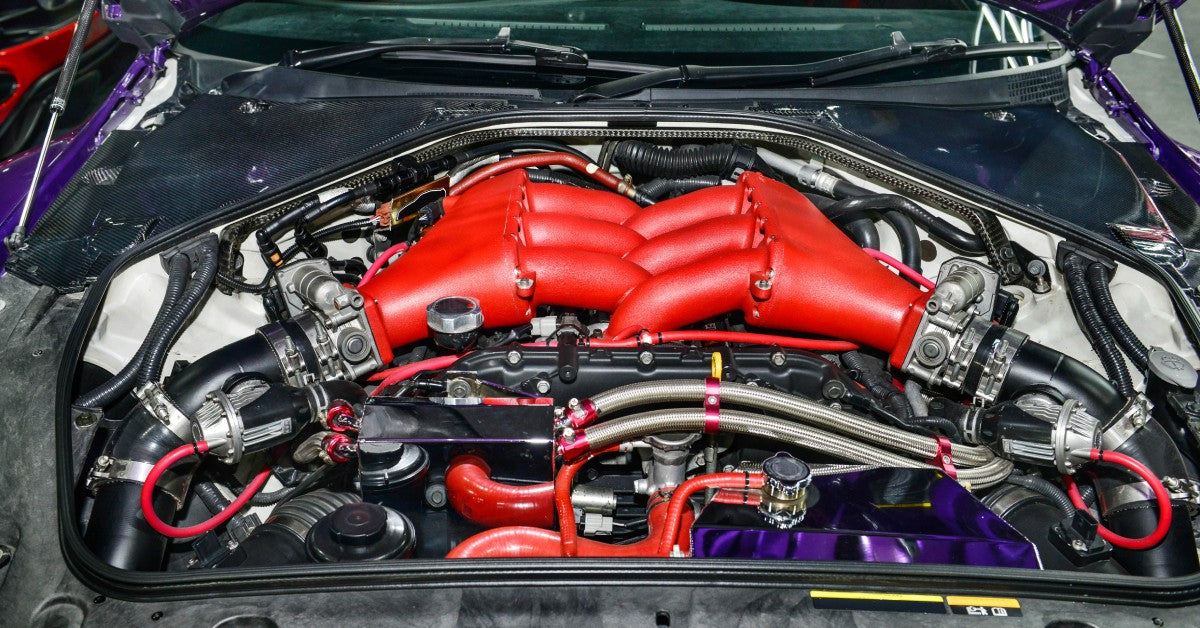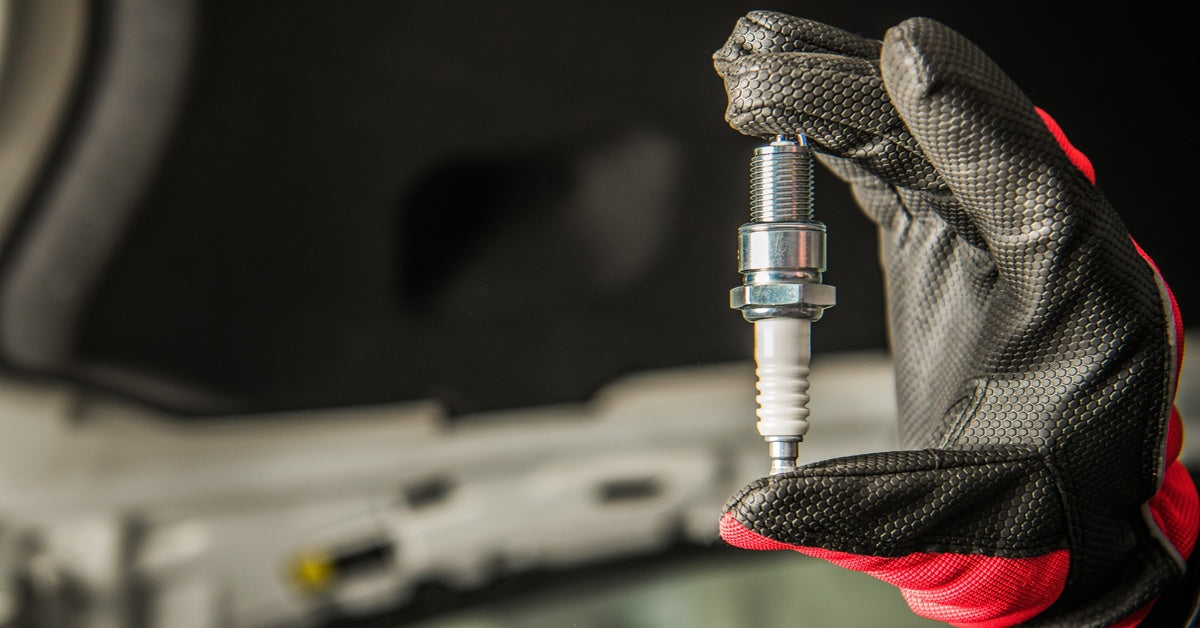
While a driverless future promises much in terms of safety, convenience and congestion relief, the speed at which autonomous driving becomes a reality may depend upon a high-tech vehicles' compatibility with your state's roadways. After all, there is a current need for more than $500 billion in restoration to our nation's existing infrastructure of roads and bridges. Moreover, unclear lane markers, potholes and poor signage don't work well with an autonomous vehicle's advanced technology. So, how soon you see driverless transportation in your area could have a lot to do with the investment your state, city or municipality is willing to make in improving roads and traffic systems.
Although the Department of Transportation faces complex challenges, the agency also understands the value to society that new driving technologies could bring. According to recent research, autonomous vehicles could save 50,000 lives each year with a slash in public safety costs in the billions. But, making driverless transportation a reality can't be the responsible of a single organization. As auto manufacturers begin deploying more autonomous features, such as sensor-based controls, high-performance GPS systems, "light detection and ranging" (LIDAR) and machine learning, the amount of change needed for our roadways will become more obvious.
The process of establishing new rules for safe driverless and human-driven cars has only just begun, and so have the changes required for agencies who traditionally deal with slow-moving transportation projects and bureaucracy. The most obvious lack of national vision comes from the White House. President Trump was adamant during his campaign about his intention to improve our nation's infrastructure with upwards of a $1 trillion. However, to date really nothing has been done to outline how to secure the funding or implement a schedule for making his plan a reality. This had led some to believe that the transition to autonomous transportation may lie more in hands of State officials.
In a desire to move the area's economy beyond theme parks and tourist attractions, a $100 million project is under way in central Florida to build a 400-acre site with simulated urban and rural roadways at Florida Polytechnic University. Another project site is slated for the Kennedy Space Center. The facility would allow companies to test autonomous vehicles in hazardous situations like flooding, smoke and fog. Tennessee is installing fiber-optic lines in roads that can send electronic warnings considered important to making self-driving cars aware of their surroundings. The Regional Transportation Commission of Southern Nevada, who oversees the surrounding area's transit infrastructure, has been proactive in its embrace of improving infrastructure for driverless vehicle communication.
Artificial intelligence will be the driving force behind the automobiles of the future. Our autonomous vehicles will be more powerful than any other device we own. Unfortunately, they'll only be as pratical for everyday use as the surrounding environment allows.







